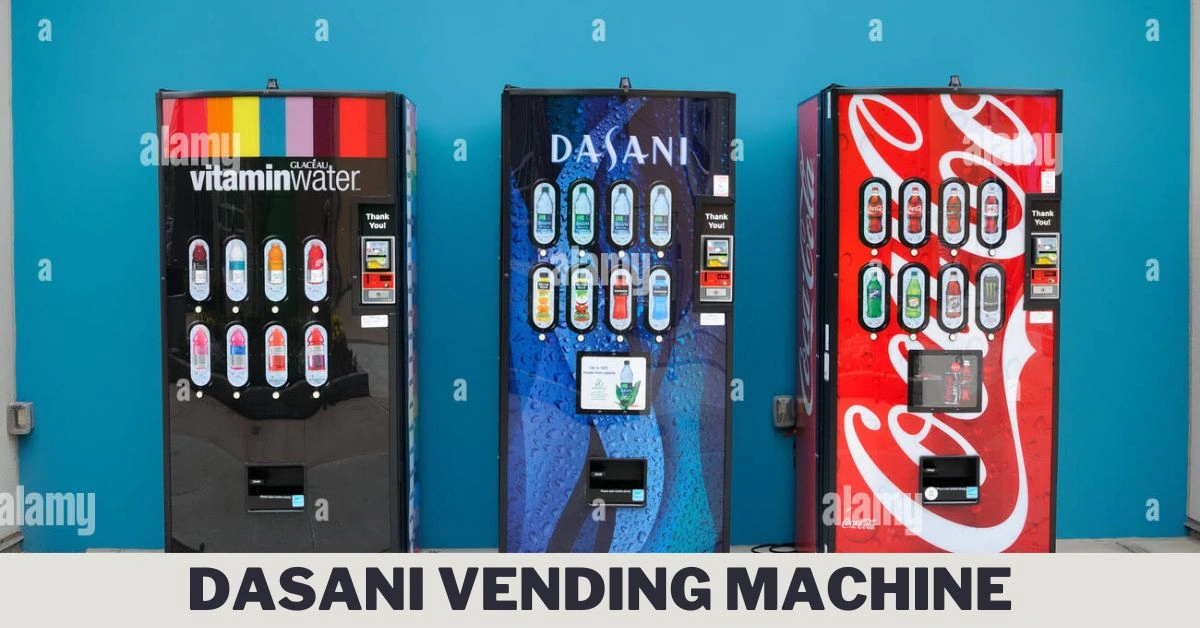The “Blue Banana” is not an actual fruit, but rather a concept that holds significant economic, geographic, and social implications for Europe. This term was coined in the 1980s to describe a highly developed and densely populated corridor stretching across parts of Europe, forming a crescent shape that resembles a banana. It has since become a key reference point for discussions on economic prosperity, urbanization, and the shifting dynamics of Europe’s population.
This essay will explore the origin of the “Blue Banana” concept, its geographical scope, the factors that contribute to its development, and the broader implications it holds for Europe’s economic future.
The Origin of the “Blue Banana” Concept
The term “Blue Banana” was first introduced in 1989 by French geographer Roger Brunet in collaboration with a group of European researchers. Their goal was to identify the most economically vibrant regions of Europe, and they used the metaphor of a “blue banana” to represent this arc of wealth and development. The color blue was symbolic of Europe, as it is frequently associated with the European Union, while the banana shape described the crescent-like corridor running from northwest to southeast Europe.
The concept rapidly gained traction among scholars, urban planners, and policymakers. It illustrated a spatial concentration of economic activities, representing Europe’s industrial backbone, where the most dynamic economies of the continent were located. In fact, the Blue Banana continues to be relevant in discussions about European economic geography.
Geographic Scope: From Manchester to Milan
The Blue Banana extends from Manchester in the United Kingdom to Milan in northern Italy, crossing through several key regions in Europe. It passes through cities such as London, Brussels, Amsterdam, Cologne, Frankfurt, Zurich, and Lyon, all of which have established themselves as financial, cultural, and industrial hubs. This area covers parts of the UK, France, Germany, the Benelux countries (Belgium, Netherlands, and Luxembourg), Switzerland, and northern Italy.
This area is home to approximately 90 million people and encompasses some of Europe’s most populous and economically significant urban centers. Its location along the heart of Europe makes it a strategic zone for trade, transportation, and innovation, giving it an unparalleled advantage in global commerce.
Key Cities of the Blue Banana
Each of the cities within the Blue Banana plays a critical role in the region’s economic success. For example:
- London serves as a global financial center, home to major banks, financial institutions, and one of the world’s largest stock exchanges.
- Frankfurt is the financial hub of Germany and the seat of the European Central Bank, making it a central player in European economic policymaking.
- Milan is a fashion and industrial capital, while also being a leader in Italy’s economic performance.
- Amsterdam is known for its ports and as a center of international trade and logistics, maintaining strong ties with the rest of Europe and the world.
These cities act as key nodes in the economic network that defines the Blue Banana. Together, they drive the economic engines of Europe, providing employment, innovation, and economic output far greater than many other regions of Europe.
Factors Contributing to the Development of the Blue Banana
The Blue Banana’s success is the result of a combination of historical, geographical, and economic factors that have allowed this region to thrive for centuries.
Industrial Revolution
The rise of the Blue Banana can be traced back to the Industrial Revolution of the 18th and 19th centuries, which began in the UK and spread across Europe. Regions within the Blue Banana, particularly in northern France, the Ruhr region of Germany, and the UK, were at the forefront of industrialization. This resulted in the development of infrastructure, manufacturing centers, and the growth of cities.
Geographic Location
The Blue Banana region lies at the crossroads of Europe’s major transportation and trade routes. With access to the North Sea, Atlantic Ocean, and Mediterranean Sea, this region benefits from being a gateway for international trade. The Rhine River, in particular, has played a critical role in shaping the economy of this area, acting as a natural highway for the transport of goods across Europe.
Urbanization and Infrastructure
Another major contributor to the Blue Banana’s economic success is its level of urbanization. With cities like London, Paris, and Milan anchoring the region, these urban centers are home to millions of people, providing a large workforce and consumer base. High levels of infrastructure investment, including airports, highways, rail networks, and telecommunications, have also been crucial to the development of these areas.
Integration into the European Economy
The Blue Banana is deeply integrated into the broader European economy, thanks in large part to the European Union’s efforts to create a single market and customs union. The removal of trade barriers and harmonization of laws and regulations has allowed businesses within the Blue Banana to flourish by giving them access to a large internal market of over 450 million consumers. Moreover, many of the cities within this corridor are centers of finance, innovation, and industry, attracting both foreign direct investment and international corporations.
Education and Innovation
The Blue Banana also boasts some of the world’s most prestigious universities and research institutions, which play a significant role in fostering innovation. Cities like London, Zurich, and Munich are home to universities that contribute to scientific research and technological advancements. This makes the Blue Banana a hub for knowledge-based industries such as finance, technology, and pharmaceuticals.
Economic Influence and Global Impact
The Blue Banana is one of the most powerful economic regions in the world. It generates a substantial portion of the European Union’s GDP and continues to drive economic growth across the continent. Its cities are often ranked among the most influential in the world, both in terms of their economic impact and cultural significance.
As a global leader in industries such as finance, technology, manufacturing, and logistics, the Blue Banana continues to attract investment and talent from around the world. Global corporations set up their European headquarters within this region due to its access to highly skilled labor, extensive infrastructure, and proximity to key markets.
Trade and International Business
The region’s strategic location and developed infrastructure make it a hotspot for international trade. Major corporations that deal in manufacturing, pharmaceuticals, technology, and finance often establish their European headquarters in cities like Amsterdam, Frankfurt, and London. The region’s ports, airports, and rail systems provide seamless connectivity to global markets, enhancing its role in international business.
Cultural Impact and Tourism
In addition to its economic prowess, the Blue Banana also wields significant cultural influence. Cities like Paris, Milan, and London are renowned for their contributions to art, fashion, literature, and architecture. These cities attract millions of tourists annually, further boosting the region’s economy. Museums, theaters, historical landmarks, and annual events like fashion weeks add to the cultural richness of the area, making it one of the most visited regions in the world.
Challenges Facing the Blue Banana
While the Blue Banana remains an economic powerhouse, it is not without challenges. Some of the key issues facing this region include:
Urban Congestion
One of the main challenges facing cities within the Blue Banana is overcrowding. With millions of people living in a relatively small geographic area, urban congestion can strain infrastructure, housing, and public services. Traffic jams, rising housing costs, and pollution are just a few of the consequences of over-urbanization that policymakers must address.
Economic Disparities
While the Blue Banana is home to some of Europe’s wealthiest regions, there are significant economic disparities within the region itself. Cities like London and Frankfurt are global financial hubs, but other parts of the Blue Banana, such as regions in northern France or rural Germany, face challenges in terms of economic development, employment opportunities, and income inequality.
Brexit and the Impact on London
The United Kingdom’s departure from the European Union, commonly known as Brexit, has introduced new uncertainties for the Blue Banana, particularly for London. As one of the world’s leading financial centers, London had long benefited from being a part of the European single market. With Brexit, new trade and regulatory barriers have emerged, potentially threatening London’s status as the financial capital of Europe and the Blue Banana’s western anchor.
The Future of the Blue Banana
Looking ahead, the future of the Blue Banana is likely to be shaped by a combination of economic, political, and environmental factors. Urbanization will continue to be a key driver of growth, but regions within the Blue Banana will need to address challenges related to sustainability, climate change, and demographic shifts.
The Blue Banana may also face competition from other emerging regions within Europe, such as the “Golden Triangle” in the south or the growing economies of Central and Eastern Europe. Nevertheless, the Blue Banana remains one of Europe’s most dynamic and prosperous regions, playing a central role in shaping the continent’s future.
Conclusion
The “Blue Banana’s” is not just a geographic or economic concept, but a symbol of Europe’s economic dynamism and the historic importance of its cities and regions. The area’s unique blend of industrial heritage, modern infrastructure, and access to global markets has made it a critical zone for the continent’s development.
Though it faces challenges in the 21st century, from Brexit to urban congestion, the Blue Banana remains a powerful engine for Europe’s economic growth. As this region continues to evolve, its ability to adapt to new economic realities and challenges will determine its continued success in the future.
Read More: Sabrina Carpenter Bangs: Styling Tips and Inspiration for Fans




